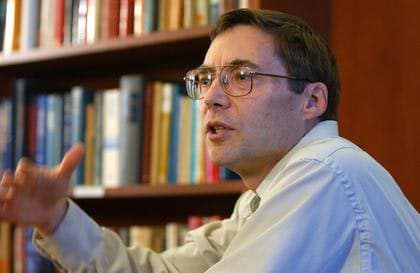
The Nobel-prize-winning physicist Carl Wieman has accepted a job with the Obama administration after being confirmed by the US senate as associate director for science in the White House Office of Science and Technology Policy (OSTP). Wieman, 59, reports to fellow physicist and OSTP director John Holdren, who joined the White House in 2009 from Harvard University. Wieman is the second physics Nobel laureate to be appointed by Barack Obama – the other being energy secretary Steven Chu.
The role of the OSTP is to advise the US president on the effects of science and technology on domestic and international affairs. Wieman, who shared the 2001 Nobel Prize for Physics with Wolfgang Ketterle and Eric Cornell for his work on atom optics, heads the OSTP’s science division. It comprises eight staff members, most of whom are science policy analysts.
Wieman is taking unpaid leave from the University of British Columbia (UBC), where he is director of the Carl Wieman Science Education Initiative (CWSEI). The 59-year-old physicist set up the CWSEI in 2007 to change the way that science is taught at UBC and other universities. Wieman thinks that a radical overhaul is essential because almost all the data from research in science education suggest that students in traditional lecture courses learn very little.
Testing physics education
The CWSEI is a test bed for Wieman’s idea that physics teaching must become more “scientific”. He believes that theories about how students learn and what can bring out the best in them must be based on proper quantitative measurements. Speaking in an interview with Physics World magazine in January 2007, Wieman warned that “if students go to classes and they sit there watching the lecturer writing equation after equation on the board, we know that they are going to leave science in droves, thinking this is really tedious stuff”. But, he added, a different result would be obtained through good teaching that requires students “to reason through ideas and argue their points of view”.
Wieman also maintains a research lab at the University of Colorado, where in 1995, he and Cornell coaxed a gas of ultracold rubidium atoms into a Bose–Einstein condensate – a state of matter in which all of the atoms condense into the same quantum ground state. This breakthrough has spurred the work of dozens of other research groups around the world, and could have implications across physics, from superconductivity to quantum computers.



